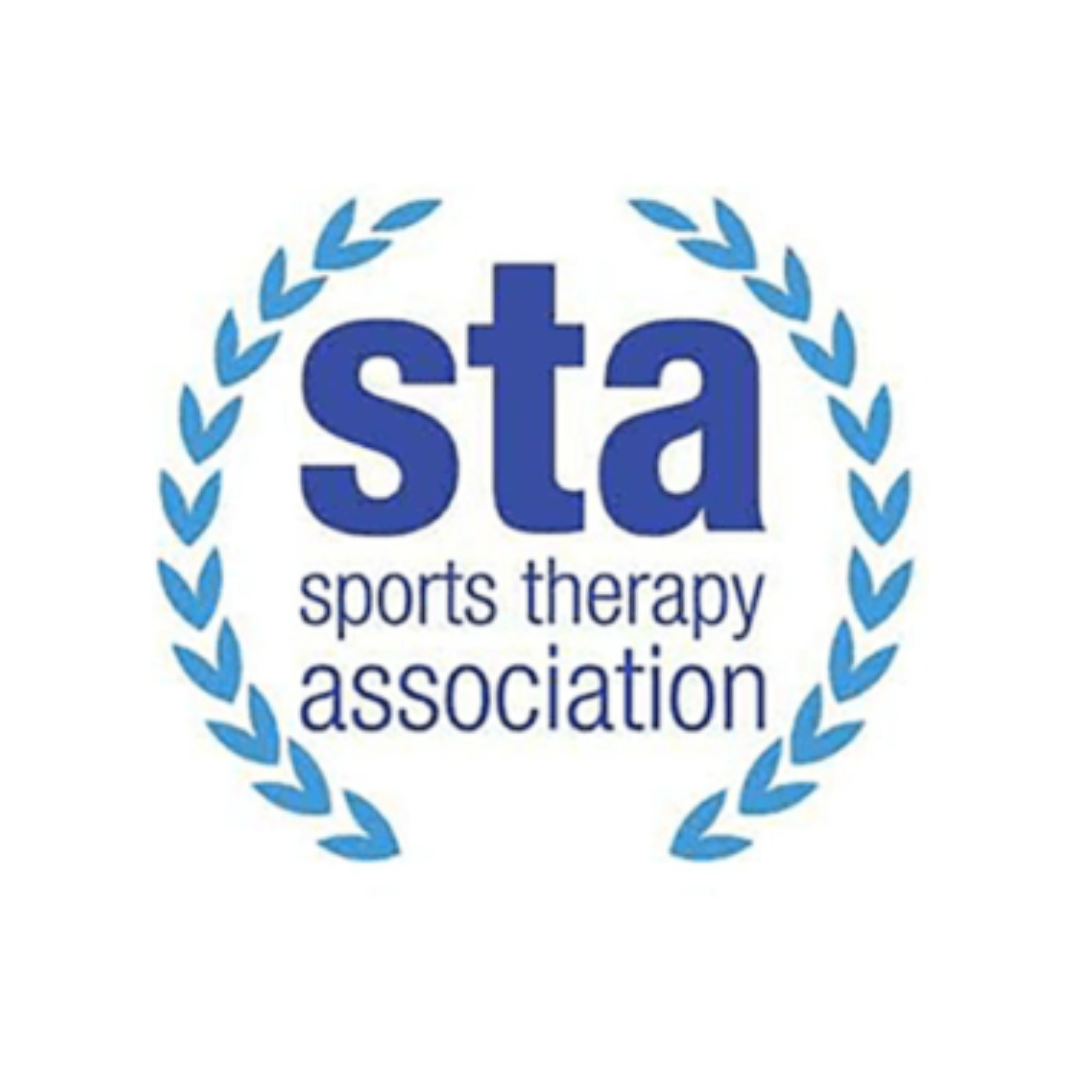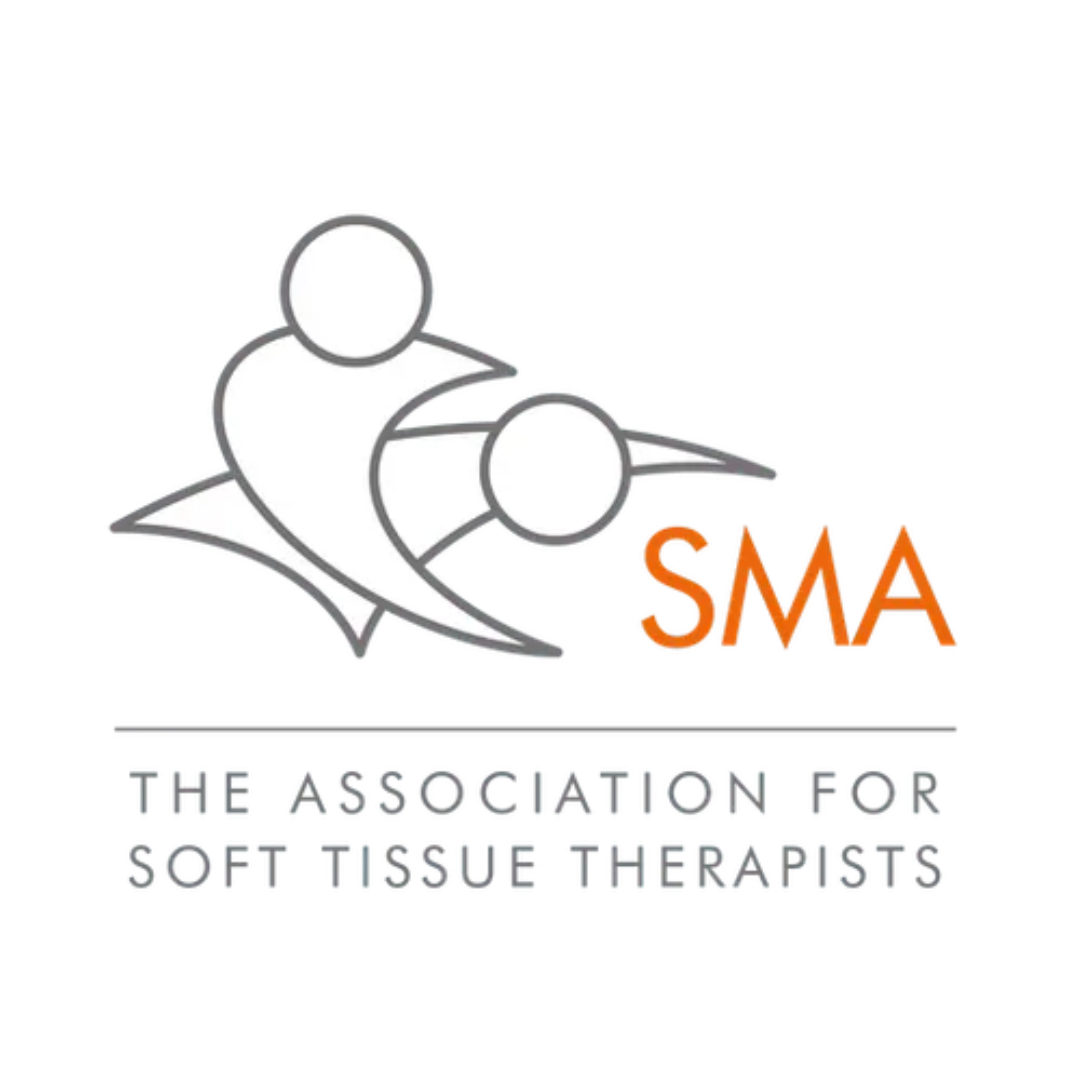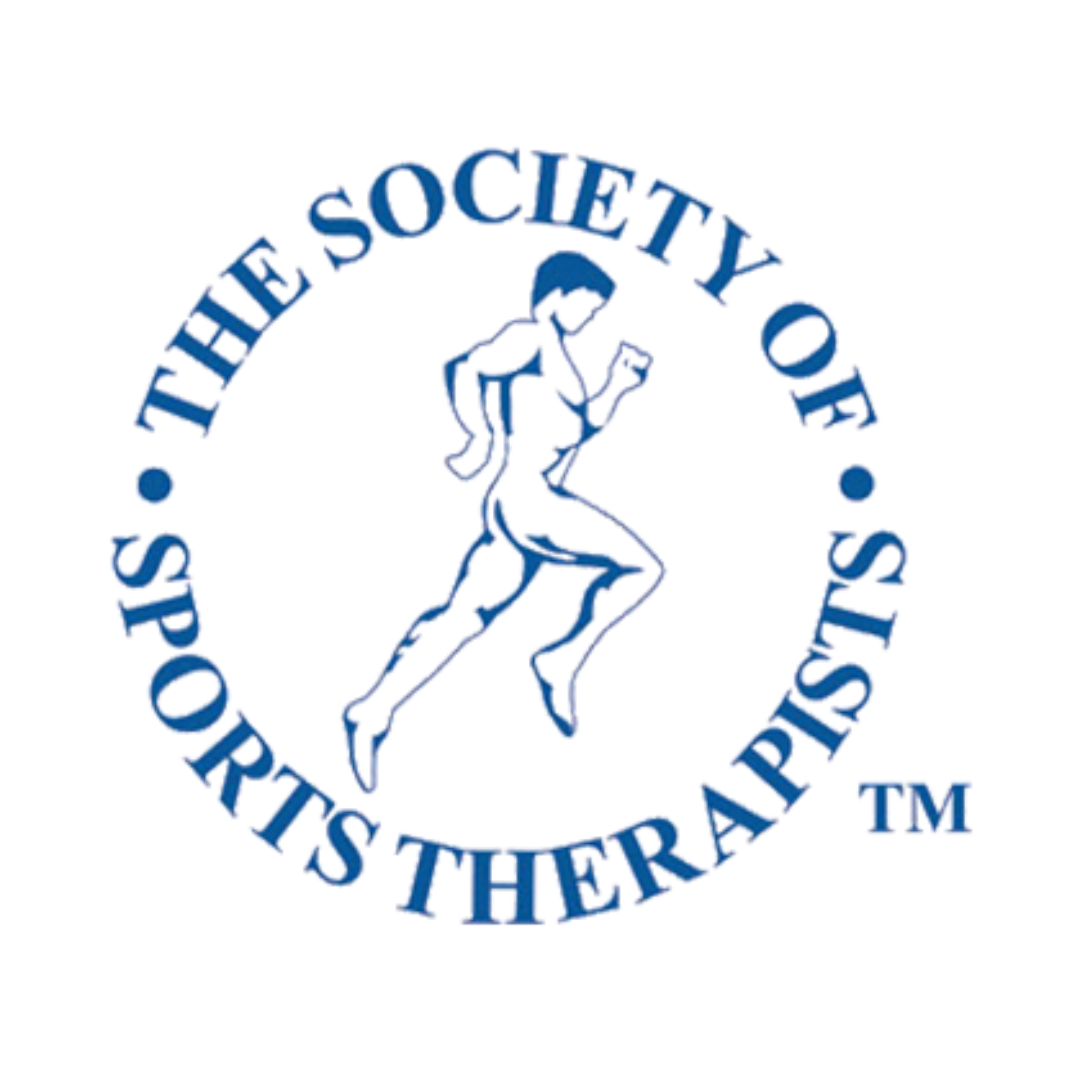Thinking beyond the obvious: an introduction to differential diagnosis for therapists
By the end of this session, delegates will be able to describe the process of differential diagnosis as a structured method for clinical decision-making in musculoskeletal practice. They will learn to use subjective assessment to generate a focused list of possible musculoskeletal and non-musculoskeletal causes and carry out objective tests that help confirm or rule out those initial hypotheses. Participants will develop the ability to identify patterns in presenting symptoms that distinguish between joint, muscular, neural, or systemic involvement. They will also be able to critically evaluate how subjective and objective findings align to support a working hypothesis and discuss how to approach uncertain or complex presentations, including recognising when medical causes could be contributing factors.



.png)
.png)









.png)



